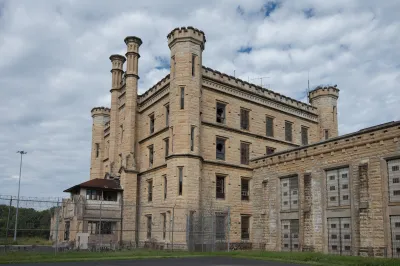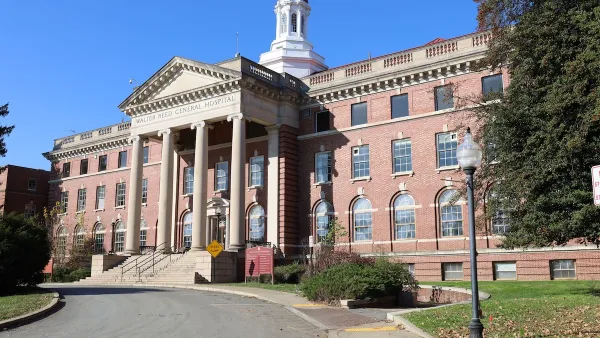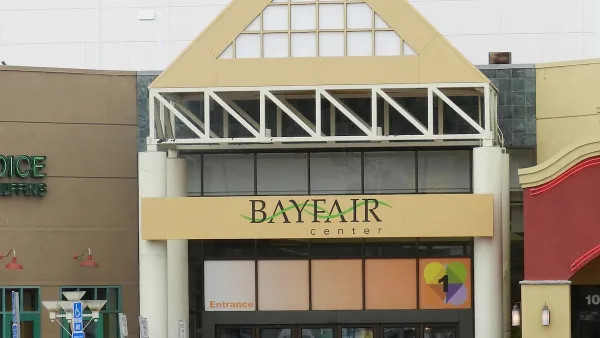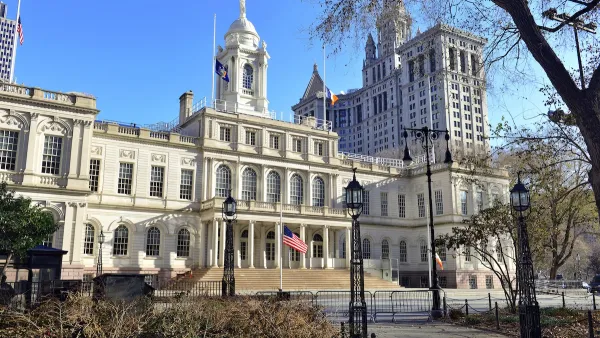Redeveloping closed correctional facilities in ways that foster just and thriving communities is a growing trend across the United States.

Everyone’s been talking about adaptive reuse of office buildings in the wake of record office vacancies following the pandemic. But that isn’t the only type of vacancy on the rise, according to an article from the Vera Institute of Justice. Jail and prison closures — driven by a steady decline in the United States correctional population and a glut of closed facilities — have increased since 2000.
The trend presents “an opportunity to reallocate energy, funds, space, and personnel toward collectively beneficial enterprises that help foster thriving and just communities,” writes Elizabeth Allen.
The article outlines and offers real-life examples of ways former correctional institutions can be reimagined to revitalize communities and economies, including:
- Housing
- Industry and commerce
- Agriculture, parks, and recreation
- Social and community services
- Renewable energy microgrids
“Done thoughtfully, redevelopment can bring community renewal,” Allen writes. Reuse of former jails and prisons can result in new businesses and jobs to foster local economies. “Former facilities, too, can be restored for reconciliation and reparation—as commemorative, educational sites or ones addressing the root causes of criminal legal system involvement” and to promote racial, social, and cultural justice.
FULL STORY: How to Redevelop Former Jails and Prisons for the Collective Good

National Parks Layoffs Will Cause Communities to Lose Billions
Thousands of essential park workers were laid off this week, just before the busy spring break season.

Retro-silient?: America’s First “Eco-burb,” The Woodlands Turns 50
A master-planned community north of Houston offers lessons on green infrastructure and resilient design, but falls short of its founder’s lofty affordability and walkability goals.

Delivering for America Plan Will Downgrade Mail Service in at Least 49.5 Percent of Zip Codes
Republican and Democrat lawmakers criticize the plan for its disproportionate negative impact on rural communities.

Test News Post 1
This is a summary

Test News Headline 46
Test for the image on the front page.

Balancing Bombs and Butterflies: How the National Guard Protects a Rare Species
The National Guard at Fort Indiantown Gap uses GIS technology and land management strategies to balance military training with conservation efforts, ensuring the survival of the rare eastern regal fritillary butterfly.
Urban Design for Planners 1: Software Tools
This six-course series explores essential urban design concepts using open source software and equips planners with the tools they need to participate fully in the urban design process.
Planning for Universal Design
Learn the tools for implementing Universal Design in planning regulations.
EMC Planning Group, Inc.
Planetizen
Planetizen
Mpact (formerly Rail~Volution)
Great Falls Development Authority, Inc.
HUDs Office of Policy Development and Research
NYU Wagner Graduate School of Public Service





























